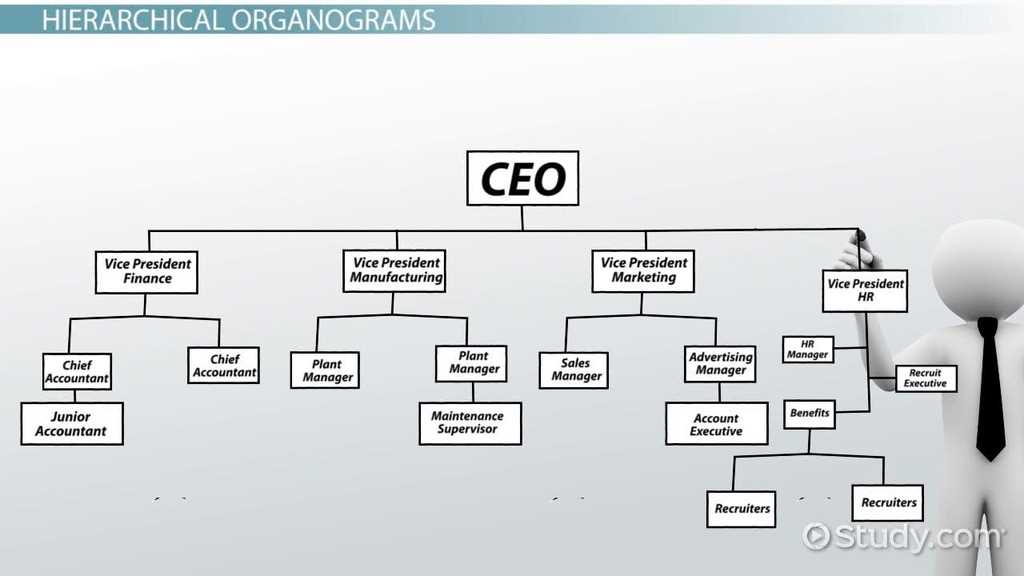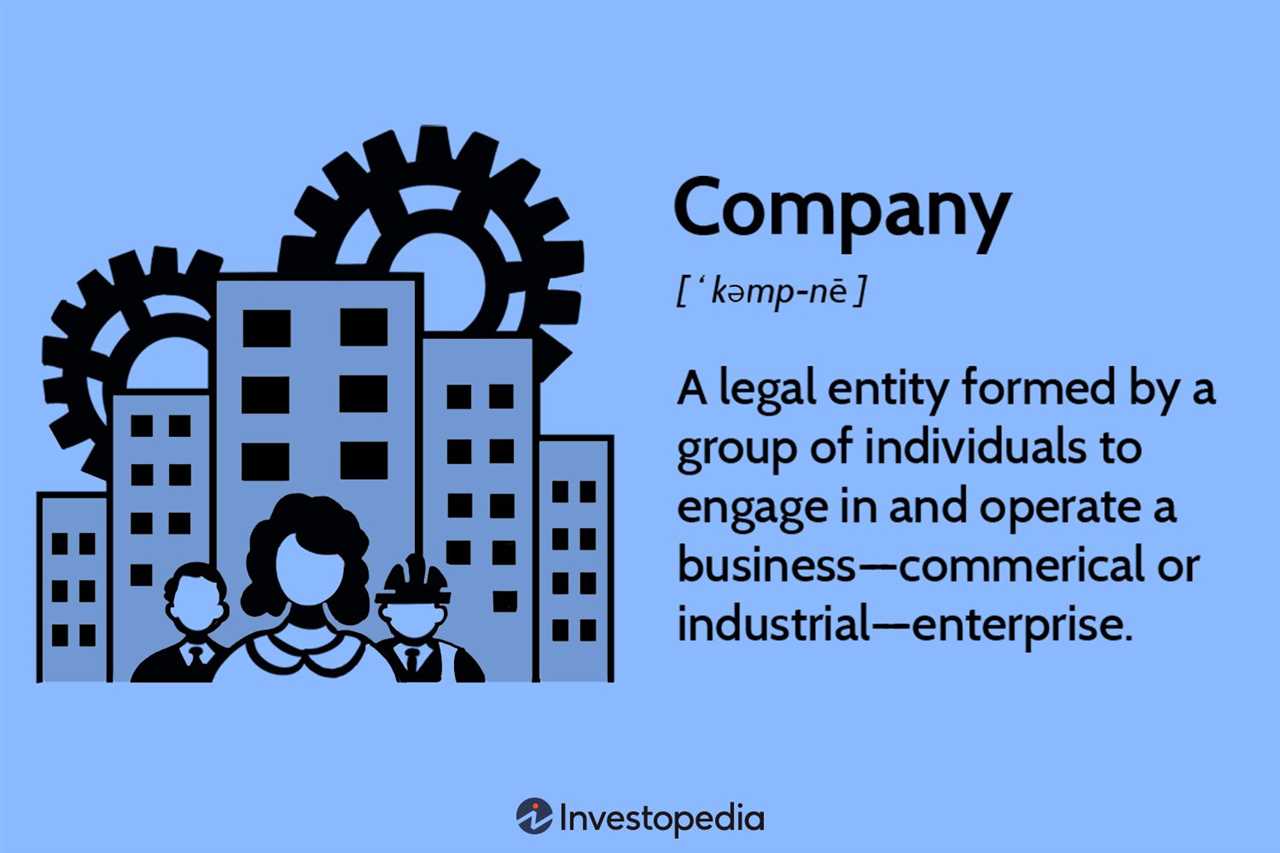Listed Companies: Definition, Process of Listing, and Example
Definition
A listed company is a company that has met the requirements set by a stock exchange to be listed and traded on that exchange. These requirements may include having a minimum market capitalization, a certain number of shareholders, and meeting certain financial reporting standards.
Process of Listing
The process of listing a company involves several steps. Firstly, the company needs to meet the eligibility criteria set by the stock exchange. This may include having a certain level of profitability, a track record of financial stability, and a minimum number of shares available for trading.
Once the eligibility criteria are met, the company needs to submit an application to the stock exchange, providing detailed information about its business operations, financials, and governance structure. The stock exchange will then review the application and conduct due diligence to ensure that the company meets all the necessary requirements.
If the stock exchange approves the listing, the company’s shares will be listed for trading on the exchange. This means that investors can buy and sell the company’s shares through the exchange, providing liquidity to the shareholders and allowing them to realize their investments.
Example

One example of a listed company is Apple Inc. (AAPL), which is listed on the NASDAQ stock exchange. Apple went through the process of listing its shares on the exchange, meeting the eligibility criteria and providing all the necessary information to the stock exchange.
As a listed company, Apple’s shares can be bought and sold by investors on the NASDAQ, allowing them to participate in the company’s growth and share in its profits. The listing also provides transparency and accountability to the company’s shareholders, as it is required to meet certain financial reporting standards and disclose information to the public.
What are Listed Companies?
Being a listed company means that the company’s shares are available for purchase and sale by the general public on the stock exchange. This allows individuals and institutional investors to become shareholders of the company by buying its shares.
Benefits of Being a Listed Company
There are several benefits for a company to become listed:
- Access to Capital: By becoming a listed company, a company gains access to a wider pool of potential investors. This allows the company to raise capital by issuing additional shares or bonds, which can be used for various purposes such as funding expansion plans, acquisitions, or research and development.
- Enhanced Visibility and Credibility: Being listed on a stock exchange increases a company’s visibility and credibility in the market. It provides a platform for the company to showcase its performance and attract potential customers, partners, and employees.
- Liquidity for Shareholders: Being a listed company provides liquidity to its shareholders. They can easily buy or sell their shares on the stock exchange, allowing them to convert their investment into cash whenever they need it.
Overall, being a listed company offers numerous advantages that can contribute to the growth and success of the company.
The Process of Listing a Company
The process of listing a company on a stock exchange involves several steps and requirements. It is a complex procedure that requires careful planning and compliance with regulatory guidelines. Here is an overview of the process:
1. Initial Assessment: The first step is for the company to assess its readiness for listing. This involves evaluating its financial performance, corporate governance practices, and compliance with legal and regulatory requirements. The company should also consider the potential benefits and risks associated with listing.
2. Selection of Advisors: The company needs to engage various advisors to assist with the listing process. These may include investment bankers, legal counsel, auditors, and financial consultants. These advisors will help the company navigate the complex listing requirements and ensure compliance with applicable laws and regulations.
3. Preparation of Documentation: The company must prepare a prospectus or offering memorandum that provides detailed information about its business, financials, and future prospects. This document is submitted to the regulatory authorities for review and approval. The company may also need to prepare other documents, such as audited financial statements and legal opinions.
4. Due Diligence: Before the listing, the company will undergo a thorough due diligence process. This involves a comprehensive review of its operations, financials, legal compliance, and other relevant aspects. The purpose of due diligence is to ensure that all material information is disclosed and that investors can make informed decisions.
5. Regulatory Approval: Once the documentation is prepared and due diligence is completed, the company submits its application for listing to the regulatory authorities. The authorities review the application and may request additional information or clarification. If the application meets all the requirements, the company receives regulatory approval to proceed with the listing.
6. Marketing and Roadshow: After receiving regulatory approval, the company engages in marketing activities to generate interest among potential investors. This may involve roadshows, presentations, and meetings with institutional investors. The goal is to attract sufficient demand for the company’s shares and ensure a successful listing.
7. Listing and Trading: Once the marketing activities are completed and the demand for the company’s shares is established, the company’s shares are listed on the stock exchange. The shares can then be traded by investors on the open market. The company must comply with ongoing disclosure and reporting requirements to maintain its listing status.
The process of listing a company on a stock exchange can be time-consuming and complex. However, it offers numerous benefits, such as access to capital, increased visibility, and liquidity for shareholders. It is important for companies to carefully consider the listing process and seek professional advice to ensure a successful listing.
Benefits of Being a Listed Company
Being a listed company on a stock exchange offers numerous benefits to businesses. These benefits include:
1. Access to Capital
One of the primary advantages of being a listed company is the ability to raise capital by issuing shares to investors. When a company goes public, it can sell its shares to the public, allowing it to raise funds for expansion, research and development, acquisitions, and other business activities. This access to capital can help fuel growth and provide the necessary funds for strategic initiatives.
2. Enhanced Visibility and Reputation
Listing a company on a stock exchange can significantly enhance its visibility and reputation. Being a publicly traded company can increase brand awareness and attract the attention of potential customers, partners, and investors. The listing status can also improve the company’s credibility and trustworthiness, as it is subject to regulatory oversight and transparency requirements.
3. Liquidity for Shareholders
By going public, a company creates a market for its shares, providing liquidity for its shareholders. Shareholders can easily buy or sell their shares on the stock exchange, allowing them to convert their investment into cash whenever needed. This liquidity can attract more investors to the company, as it provides an exit strategy and reduces the risk associated with illiquid investments.
4. Valuation and Benchmarking
Being listed on a stock exchange provides a transparent and objective valuation of a company’s worth. The market price of its shares reflects the collective opinion of investors on the company’s value. This valuation can be used as a benchmark for the company’s performance and can help attract potential investors, partners, and customers.
5. Access to Acquisition Currency

Being a listed company can provide access to acquisition currency, which is the ability to use shares as a form of payment for acquisitions. By offering shares as part of a deal, a listed company can potentially acquire other businesses without depleting its cash reserves. This can be a valuable tool for growth and expansion strategies.
6. Employee Incentives

Listing a company can also provide an opportunity to implement employee incentive programs, such as stock option plans. By offering employees the opportunity to purchase or receive shares, a company can attract and retain top talent, aligning their interests with the company’s success. This can help motivate employees and drive performance.
Example of a Listed Company
One example of a listed company is Apple Inc. Apple Inc. is a multinational technology company that designs, manufactures, and sells consumer electronics, computer software, and online services. It is one of the largest and most valuable companies in the world.
Apple Inc. was first listed on the stock market in 1980 and is currently listed on the NASDAQ stock exchange under the ticker symbol AAPL. The process of listing a company involves meeting certain requirements and going through an initial public offering (IPO).
Being a listed company has numerous benefits for Apple Inc. and its shareholders. Firstly, being listed provides access to a larger pool of potential investors, which can increase the liquidity of the company’s stock. This allows shareholders to easily buy and sell their shares on the stock market.
Secondly, being listed enhances the company’s credibility and reputation. It signals to investors and the public that the company has met certain standards and is subject to regulatory oversight. This can attract more investors and increase the company’s market value.
Thirdly, being listed provides Apple Inc. with the ability to raise capital through secondary offerings. This allows the company to finance its growth and expansion plans by issuing additional shares to investors.
Lastly, being a listed company requires Apple Inc. to disclose financial and operational information to the public. This transparency helps build trust with investors and allows them to make informed investment decisions.

Emily Bibb simplifies finance through bestselling books and articles, bridging complex concepts for everyday understanding. Engaging audiences via social media, she shares insights for financial success. Active in seminars and philanthropy, Bibb aims to create a more financially informed society, driven by her passion for empowering others.
